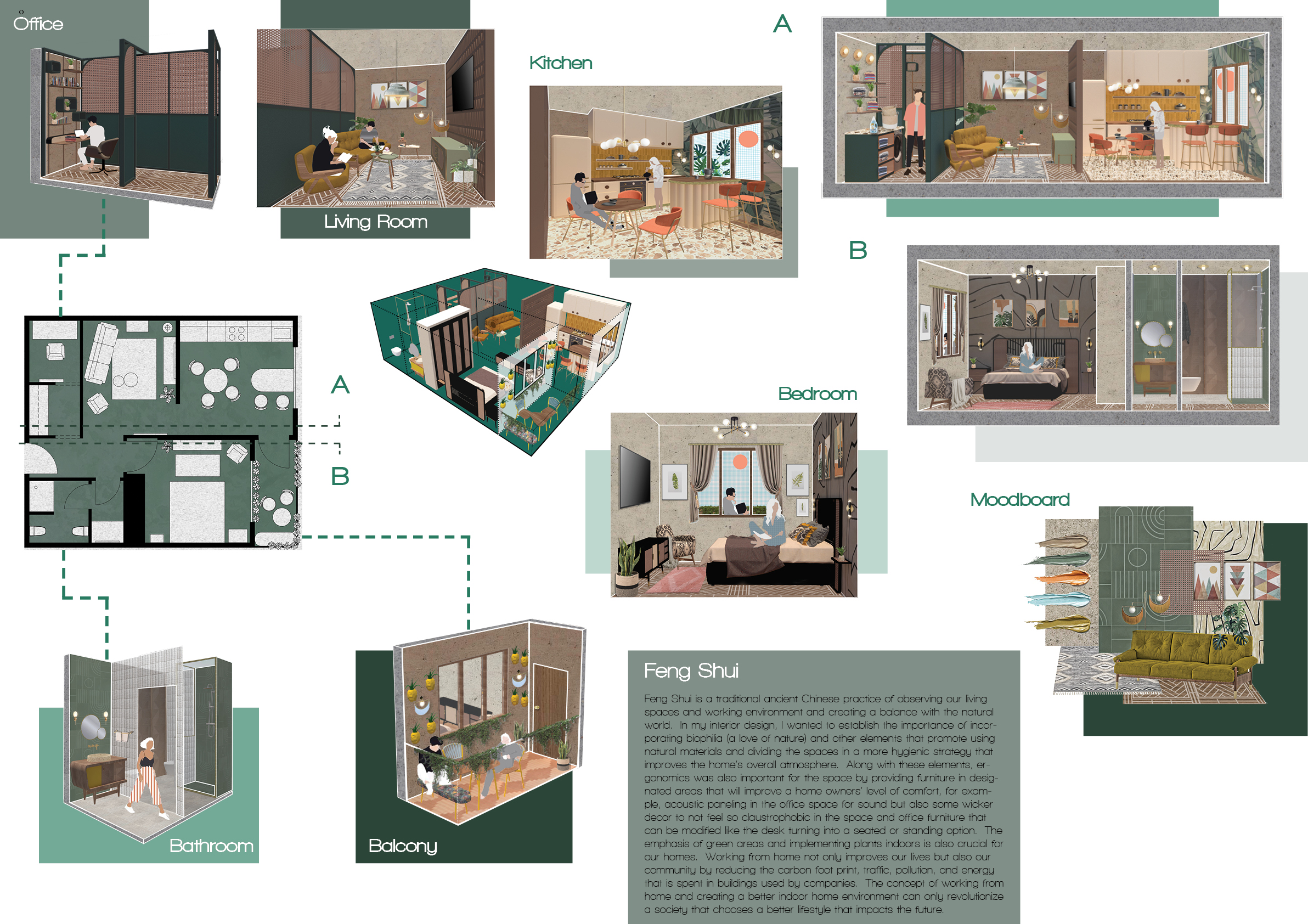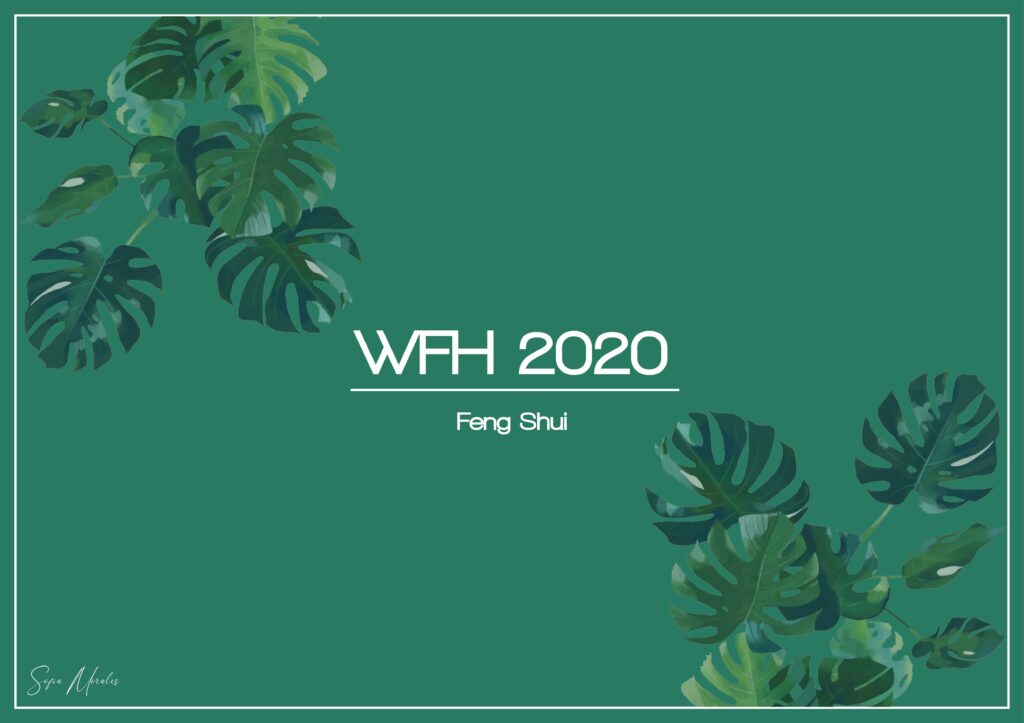What is Feng Shui and why did I choose this theme? Feng Shui is a traditional ancient Chinese practice of observing our living spaces and working environment and creating a balance with the natural world. Feng Shui literally means “wind and water”, in honor of the two elements that shape the earth and use their flows as healthy characteristics of a particular place. It is important that we dedicate time to interior design by selecting materials that are less toxic, way of styling and space planning, to the energy we want to pursue and circulate within our homes. Essentially, many of us have forgotten that our homes are a special place where we want to feel clean, relaxed, comfort, and shelter.
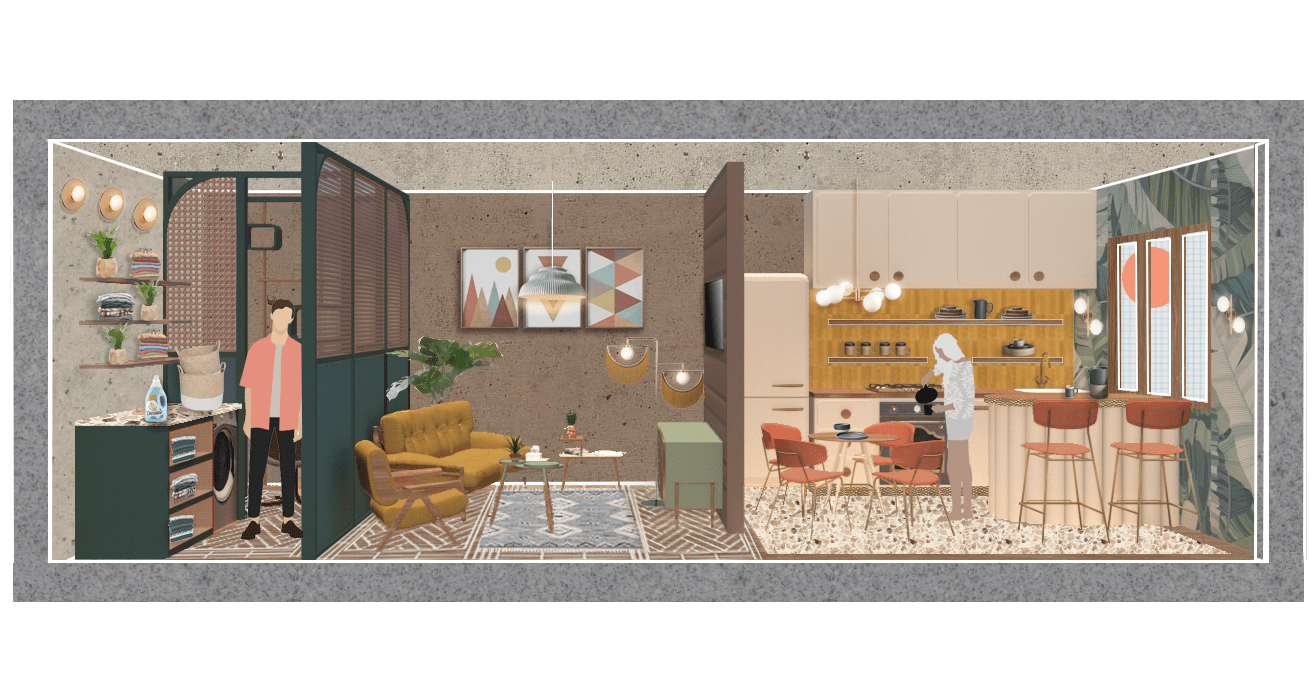
The concept of Feng Shui derived from an ancient poem that talks about human life being connected and flowing with the environment around it. Taoism is the way of nature and all the basic principles of Feng Shui reflect nature. The essential principles of Feng Shui: the commanding position, the bagua, and the five elements. The five elements—earth, metal, water, wood, and fire. Typically, the practice of Feng Shui works to balance these five facets in your home and each of your life areas. Then, you strengthen your energy and your home’s energy by adding the suggested colors or shapes in that room. The intent is to bring positive energy to those rooms, those areas of your life, and, ultimately, your entire home. Designing with Biophilia (a love of nature) in mind is something that has been trending more and is an overall great way for emphasizing how using plants indoors, green spaces like a garden or balcony with plants, and selecting more natural materials go hand in hand with improving our homes. Ergonomics plays a key factor in our homes now that we are to spend more time at home whether it may be for resting, working, or other activities; our selection of furniture and division of spaces will be very crucial. Lastly, other items we will have to keep in mind: sterilization and having sanitizers handy in these types of rooms so that they can become the normal procedure when a when a home owner and their guests enter their home.
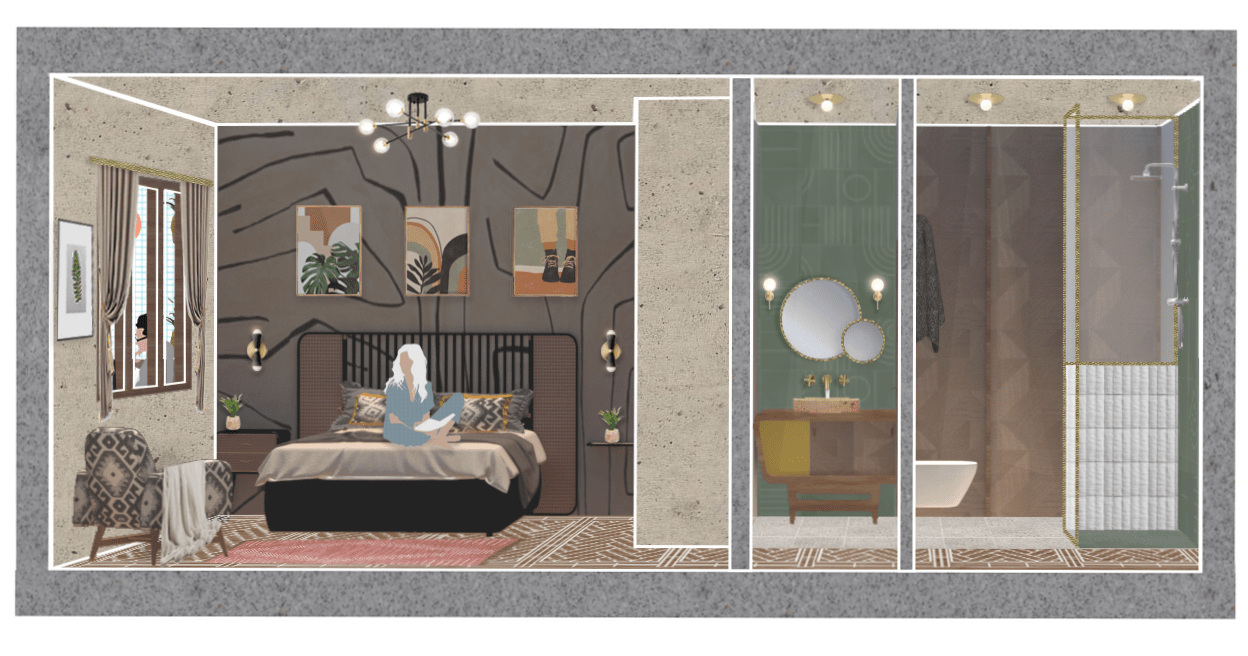
Many of the articles that were advised to read for this contest approached our home as a place that was going to need more attention after this incident by creating less open space concepts and dividing areas and also staying further away from crowded city areas and going outward toward more rural parts, etc. While some of these articles may have some good insight, some are also a bit unrealistic and missed out on many other areas that I think are more important for our homes. Michelle Ogundeghin points out in her article “In the future home, form will follow infection,” the same factors that other articles have stated by keeping the areas of the house designated and which areas have more importance for a more cleanly home environment. She also explains that we will have to become more aware of the materials we use to decorate our homes from “VOC-free paints and formaldehyde-free building materials,” substitutes like MDF that are toxic for our homes, and essentially use more plants and less damaging cleaning products that are better for our overall well-being. She goes on to describe that the western world should focus on adopting Eastern traditions like the Japanese tradition called “Genkan,” which is essentially a small indoor porch or room where one’s shoes are removed before entering the house for hygiene purposes. All in all, our home is a sacred place that will need some reformatting to fit not only our present lives but also the future.
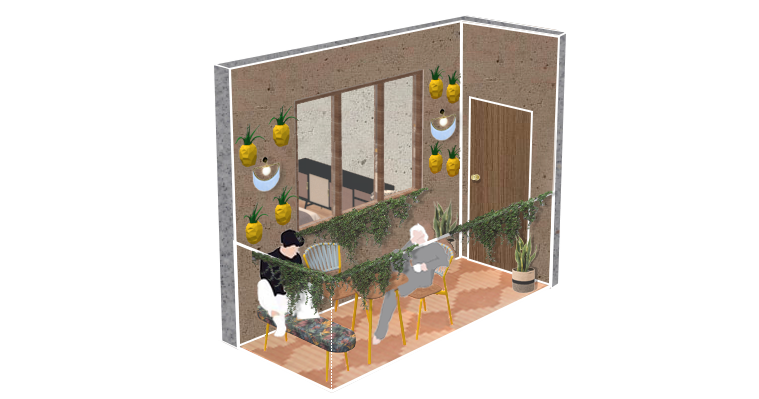
The Board:
